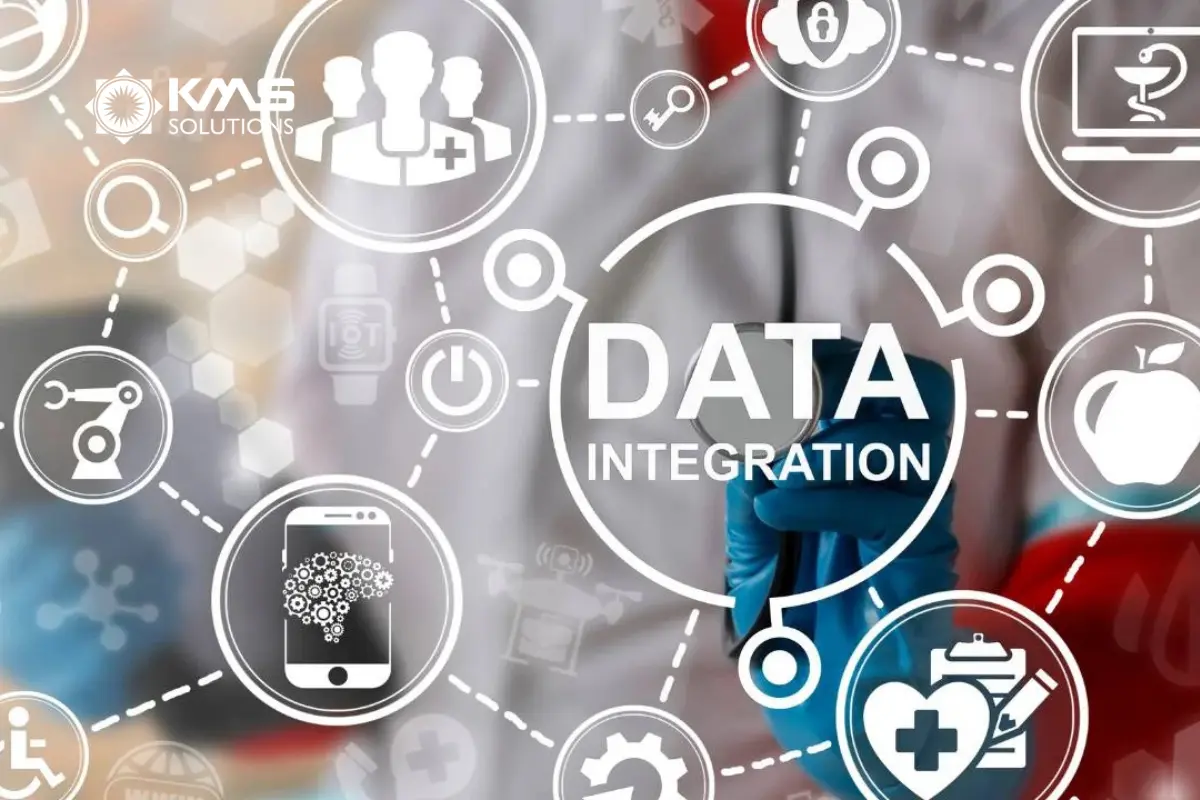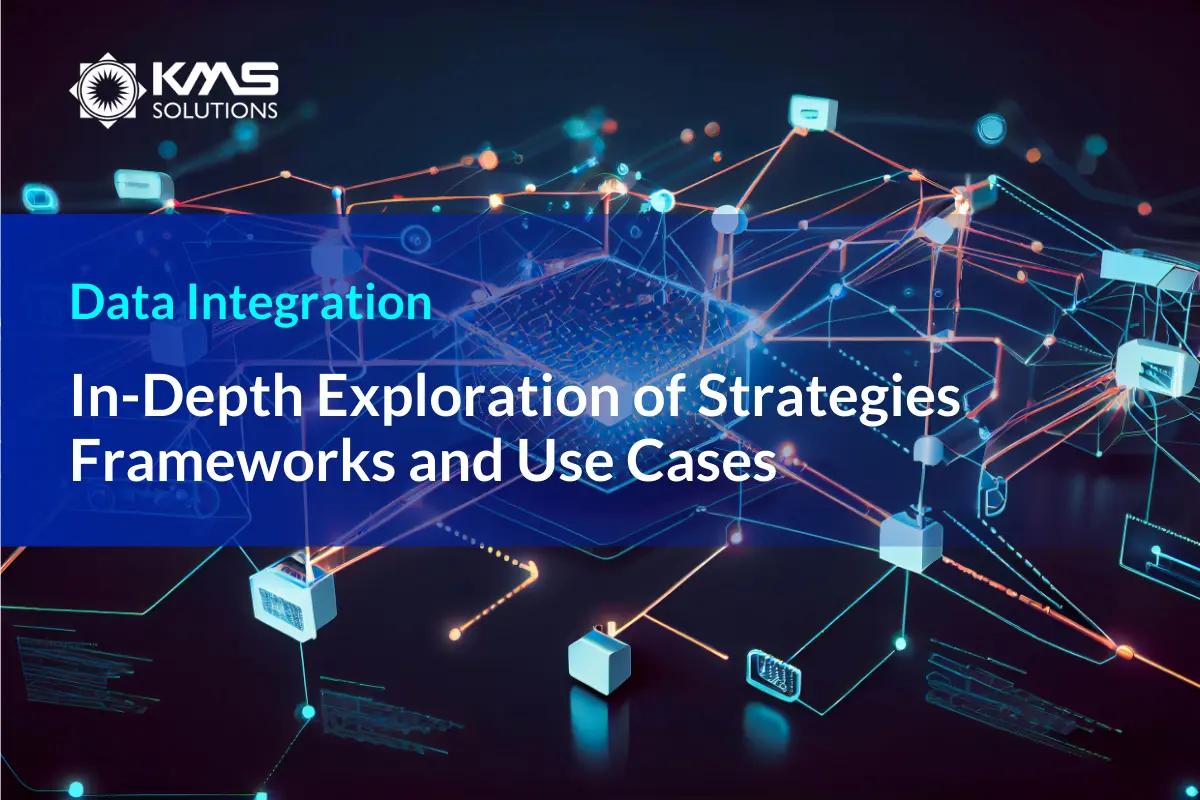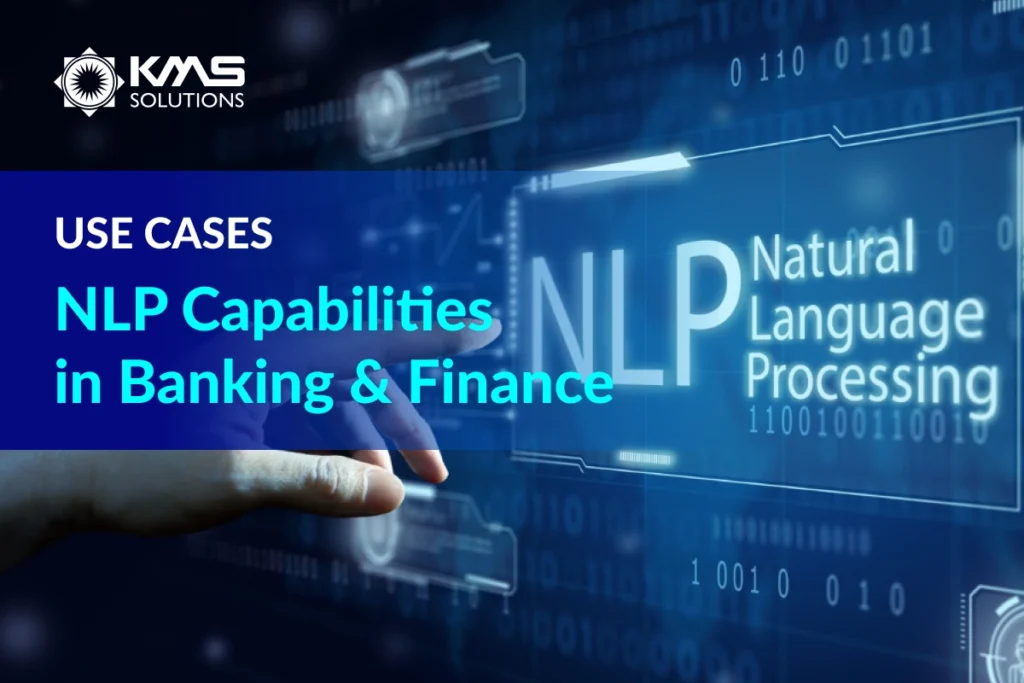In today’s interconnected digital landscape, businesses rely on seamless data integration to operate efficiently and make data-driven decisions. As organizations collect vast amounts of data from multiple sources—such as applications, databases, and external platforms—integrating this information effectively becomes crucial. Data integration ensures that data flows smoothly between systems, providing a unified view that enables better decision-making and operational agility.
This article will explore data integration, discussing various strategies, frameworks, and real-world use cases to illustrate how effective data integration can transform business operations.
What is Data Integration?
Data integration is the process of combining data from disparate sources to create a unified view. This integration streamlines data access, supports analytics, and enables responsive decision-making. By ensuring data flows seamlessly between systems, companies reduce redundancy, enhance collaboration, and improve overall data quality.
Effective data integration helps businesses access real-time or near-real-time information, which is critical for competitive operations. The integration process often includes cleansing, standardizing, and validating data from multiple sources, making it usable for analytics, machine learning, and reporting.
Core Benefits of Data Integration
Integrating data offers several advantages, especially in a landscape where rapid information exchange is essential for organizational success. Here are some key benefits:
- Improved Accessibility: Integrated data systems enhance accessibility across departments, allowing employees to share information quickly and work more collaboratively.
- Higher Data Quality: Consolidating data from various sources enables data deduplication and standardization, ensuring greater accuracy and reliability.
- Increased Efficiency: Automation of data flows between systems reduces the need for manual data entry, which minimizes errors and saves time.
- Enhanced Decision-Making: A comprehensive view of data allows organizations to generate insights, spot trends, and make data-driven decisions with confidence.
Read more: Guide for Data Integration in Financial Services
Data Integration Strategies
Data integration strategies vary depending on organizational needs, technology stack, and scalability requirements. Here are some common approaches to consider:
- ETL (Extract, Transform, Load): ETL is one of the most widely used data integration strategies, especially in data warehousing. In this approach, data is extracted from various sources, transformed into a consistent format, and then loaded into a target database for analysis and reporting.
- Data Virtualization: Data virtualization enables real-time access to data from multiple sources without physically moving it to a central repository. This method is ideal for organizations requiring instant access to data without the time and cost associated with data migration.
- API Integration: API integration connects various applications, systems, and databases through application programming interfaces (APIs). This strategy allows data to be shared in real-time, facilitating a flexible and scalable approach to integration that adapts easily to changing business needs.
- Data Replication: Data replication involves creating and maintaining copies of data across different systems, ensuring consistency and availability. This method is essential for backup, disaster recovery, and situations where data availability is crucial.

Frameworks for Successful Data Integration
Effective data integration requires more than just technology; a well-designed framework can ensure consistency, security, and quality control. Here are some critical components of a robust data integration framework:
- Data Governance: A data governance framework establishes policies to manage, access, and protect data across the organization. It ensures compliance, data integrity, and accountability, making sure that data is handled responsibly.
- Master Data Management (MDM): MDM helps create a single source of truth for critical business data. By centralizing and standardizing data from various sources, MDM ensures consistency across systems, making data more reliable and actionable.
- Data Security: Data security frameworks focus on protecting data throughout the integration process. Key practices include data encryption, access control, and regular security audits to guard against unauthorized access and potential data breaches.
- Data Quality Management: Maintaining data quality is essential for successful integration. A data quality management framework includes deduplication, validation, and consistency checks, ensuring that data remains accurate and useful across platforms.
Read more: API Integration Services
Use Cases of Data Integration Across Industries
Data integration drives significant improvements across multiple sectors by enabling data-sharing and streamlined operations. Here are some notable examples:
Retail and E-commerce
In retail, data integration helps companies create a unified view of the customer by consolidating data from point-of-sale systems, online transactions, and customer support platforms. This comprehensive view enhances customer experience, personalizes marketing, and supports inventory management.
Healthcare
In the healthcare industry, data integration combines information from electronic health records (EHRs), lab systems, and billing databases, providing healthcare professionals with a complete patient profile. This integration enhances patient care, streamlines administrative tasks, and supports compliance with health regulations.
Manufacturing
Manufacturing companies rely on data integration to connect IoT sensors, ERP systems, and supply chain platforms. By integrating data from these sources, manufacturers can monitor production in real-time, manage inventory more efficiently, and predict equipment maintenance needs, optimizing operational performance.
Software Development
For businesses in software development, data integration enables teams to link various development, testing, and project management tools. By integrating data from these platforms, teams streamline project tracking, improve collaboration, and accelerate release cycles, leading to faster time-to-market and enhanced product quality.
Telecommunications
In the telecom industry, data integration consolidates data from customer service systems, billing records, and network usage data. This unified approach allows telecom providers to offer personalized services, manage network resources efficiently, and enhance customer retention efforts.

Overcoming Common Data Integration Challenges
Implementing data integration is a complex process that can present several challenges. Here’s how to address some of the most common obstacles:
- Data Silos: Many organizations struggle with isolated data in different departments. A strategic integration approach, supported by data governance and centralized tools, can help break down these silos.
- Legacy Systems: Older systems may not be compatible with modern integration tools, creating difficulties in data flow. Middleware solutions and API integration strategies can bridge gaps and facilitate seamless data transfer.
- Data Security: Integrated systems increase the risk of data breaches. Implementing robust encryption, access control, and periodic security assessments can help mitigate these risks and protect sensitive information.
Future Trends in Data Integration
The future of data integration is shaped by advancements in technology and growing demands for real-time insights. Here are some trends to watch:
- Cloud-Based Integration: With the shift towards cloud infrastructure, cloud-native integration solutions are becoming essential. These solutions provide scalability, enhanced accessibility, and reduced maintenance costs.
- AI and Machine Learning: AI-driven data integration tools automate complex tasks such as data mapping and transformation, improving efficiency and enabling predictive analytics for better decision-making.
- Real-Time Integration: Businesses are increasingly prioritizing real-time data integration to achieve instant insights. Technologies like data streaming and event-driven architectures are emerging as critical components for real-time data exchange and analysis.
Conclusion
KMS Solutions provides advanced data integration services tailored to meet diverse industry needs. Whether your organization needs help with API integration, software development, or complex Financial System Integration and Financial API Integration, KMS Solutions offers a robust approach backed by expertise in data governance, security, and scalability.











